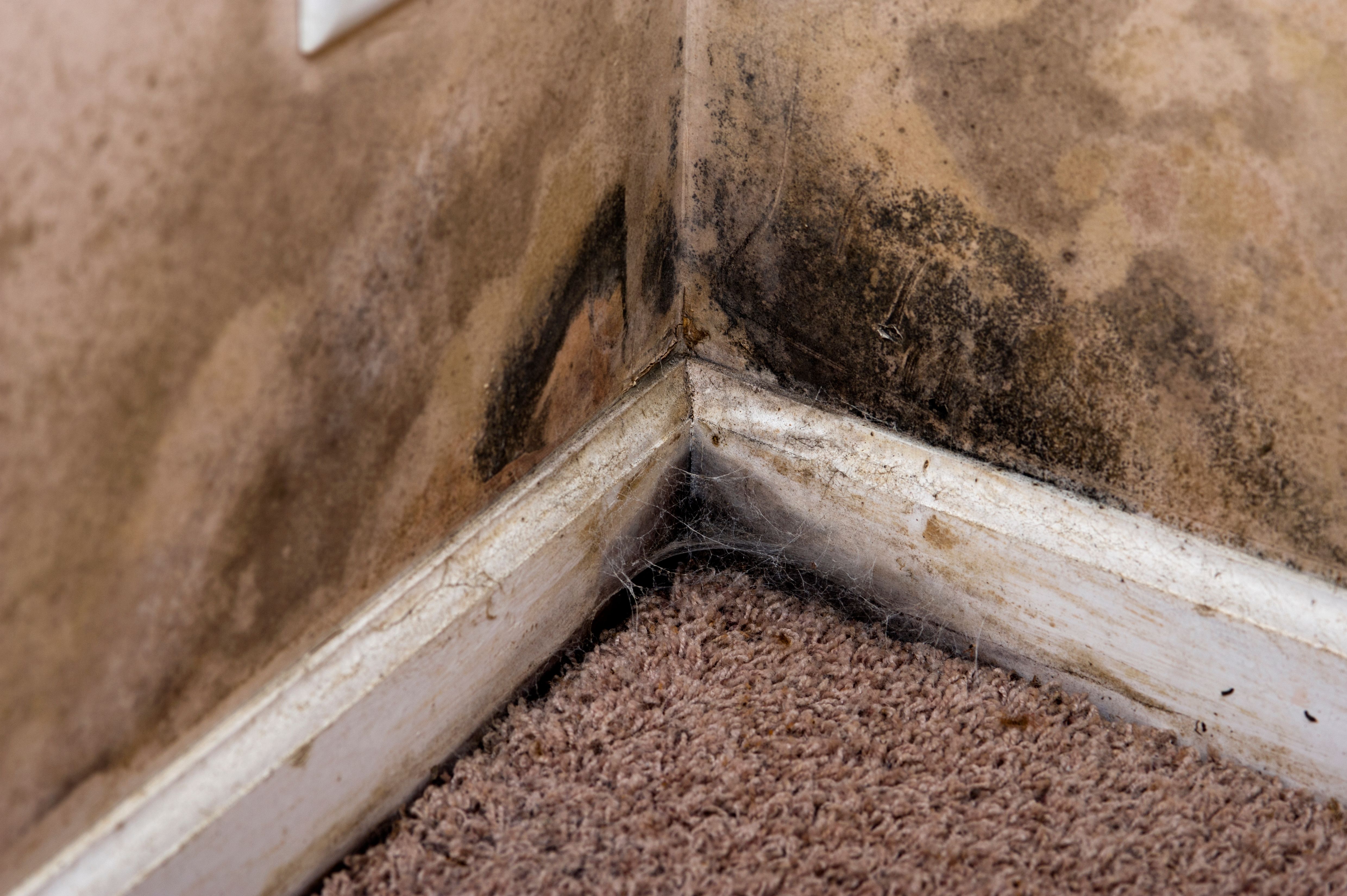Spotting the Spores: Identifying Different Types of Mold
Ac
Understanding Mold: A Common Household Issue
Mold is more than just an eyesore; it's a potential health hazard lurking in many homes. While some molds are relatively harmless, others can cause severe respiratory issues and allergic reactions. Spotting the spores early is key to maintaining a healthy living environment.
Mold thrives in damp, humid conditions, making bathrooms, basements, and kitchens prime locations for growth. Understanding the different types of mold and knowing how to identify them can help you take appropriate action. Here’s how you can spot the spores in your living space.

Common Types of Indoor Mold
Black Mold (Stachybotrys)
Black mold is one of the most notorious molds due to its potential health impacts. It appears as dark green or black patches and often has a slimy texture. Black mold thrives in areas with constant moisture from leaks or flooding.
Health effects associated with black mold include respiratory issues, chronic fatigue, and headaches. If you suspect black mold in your home, it is crucial to handle it with care and consider professional removal.
Penicillium
This type of mold is known for its blue or green hue and a velvety texture. Penicillium can spread quickly through the air, so it's often found on water-damaged materials such as wallpaper, carpets, and insulation.

While certain species of Penicillium are used in antibiotic production, indoor exposure can lead to allergic reactions. It's important to address any water damage promptly to prevent Penicillium growth.
Lesser-Known Molds
Cladosporium
Cladosporium is a versatile mold that can grow in both warm and cool areas. It typically appears as olive-green or brown patches and is commonly found on wood, textiles, and other organic materials.

Though not as dangerous as black mold, Cladosporium can still cause allergies and asthma symptoms. Regular cleaning and good ventilation can help keep Cladosporium at bay.
Aspergillus
Aspergillus comes in many different species and colors, ranging from yellow to black. It is often found in household dust and can grow on damp walls or in air conditioning systems.
While many people are exposed to Aspergillus daily without issue, those with weakened immune systems may experience more severe health effects. Keeping your home dry and clean is essential in preventing Aspergillus growth.
Prevention and Treatment Tips
Preventing mold begins with controlling moisture levels in your home. Here are some tips to help you stay ahead of mold growth:
- Fix leaks and water damage promptly.
- Use dehumidifiers in damp areas like basements.
- Ensure proper ventilation in bathrooms and kitchens.
- Clean and dry any wet materials within 24 to 48 hours.
If you discover mold in your home, small areas can often be cleaned with household products such as vinegar or baking soda solutions. However, large infestations should be handled by professionals to ensure safe and thorough removal.